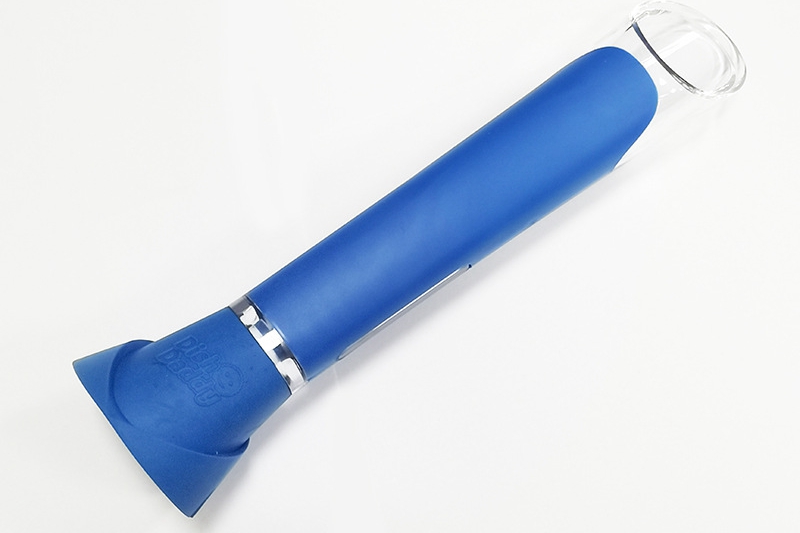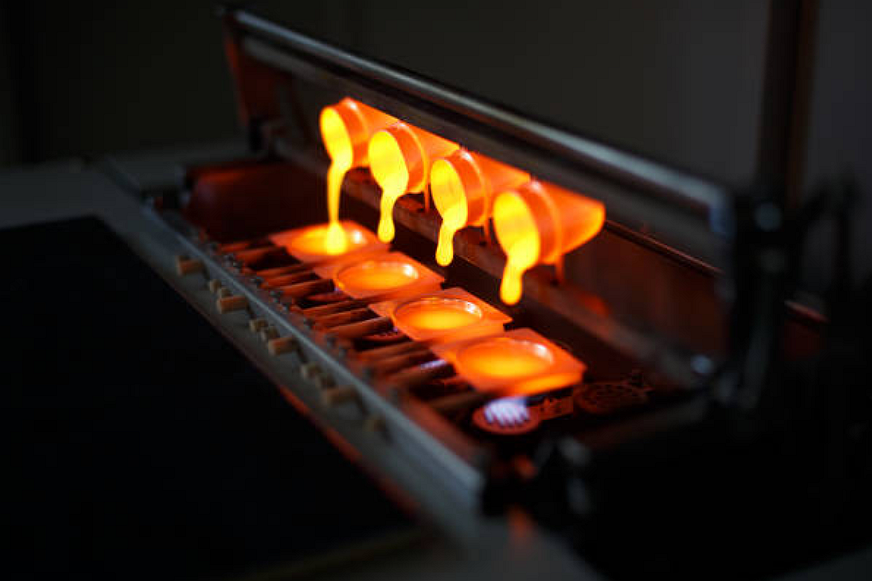What weight reduction is achievable while ensuring crash safety?
From an engineering perspective, weight reduction must always be balanced against crash energy management, load paths, and stiffness requirements. In structural and semi-structural components for the automotive and e-mobility sectors, a realistic weight reduction target is 10–30% at the component level, without compromising crash safety. This is achievable when material selection, geometric design, and manufacturing processes are optimized concurrently and validated through both simulation and physical crash tests.
Component-Level Lightweighting Potential
For brackets, mounting frames, and crash load distribution components, shifting from traditional fabrication to near-net-shape solutions such as aluminum die casting or precision casting enables material placement only along essential stress paths. Adding ribs, hollow channels, and optimized wall thickness often leads to 15–25% mass reduction while maintaining stiffness and energy absorption capacity.
Components previously machined from solid stock can further benefit from topology-optimized design combined with CNC machining prototyping or 3D printing prototyping. These processes allow removal of low-stress regions and integration of internal lattice or hollow architectures. Weight savings of 20–35% are possible if crash-critical load paths are preserved during optimization.
Material Substitution for Crashworthy Lightweighting
Material density reduction is one of the most significant levers. Switching from conventional steel to lightweight alloys such as A356, A380, or 6000 series aluminum can lower weight by 30–50%. However, crash equivalence must be preserved by incorporating reinforcements, optimized cross-sections, and controlled buckling characteristics.
For non-load-bearing housings and covers, metal can often be replaced with engineering plastics like PC-PBT or nylon via injection molding, achieving 40–60% mass reduction. The key is to reinforce fasteners, hinge areas, and impact points to avoid stress concentration or crack propagation.
For compact mechanisms such as locking systems and seat adjusters, metal injection molding with alloys like MIM-4140 or MIM 17-4 PH enables smaller geometries without compromising fatigue or crash resistance.
Role of Surface Treatment and Heat Treatment in Crash Performance
For lightweight metals, anodizing and powder coating improve corrosion stability to maintain crash performance over vehicle lifespan. Heat-related failure is prevented through treatments such as heat treatment and nitriding, which increase strength and fatigue resistance, supporting thinner wall sections and lightweight geometries.
Engineering Guidelines to Ensure Safe Lightweighting
Include crash load cases (frontal, side, pole, rollover) in simulation and topology optimization.
Use mixed materials: retain metals for structural load transfer and apply plastics for non-critical enclosures.
Prototype using realistic methods like rapid molding prototyping for physical impact validation.
Reinforce interfaces and joints since these often fail before the base material.
Always evaluate manufacturability tolerance—over-optimization can reduce crash robustness.



